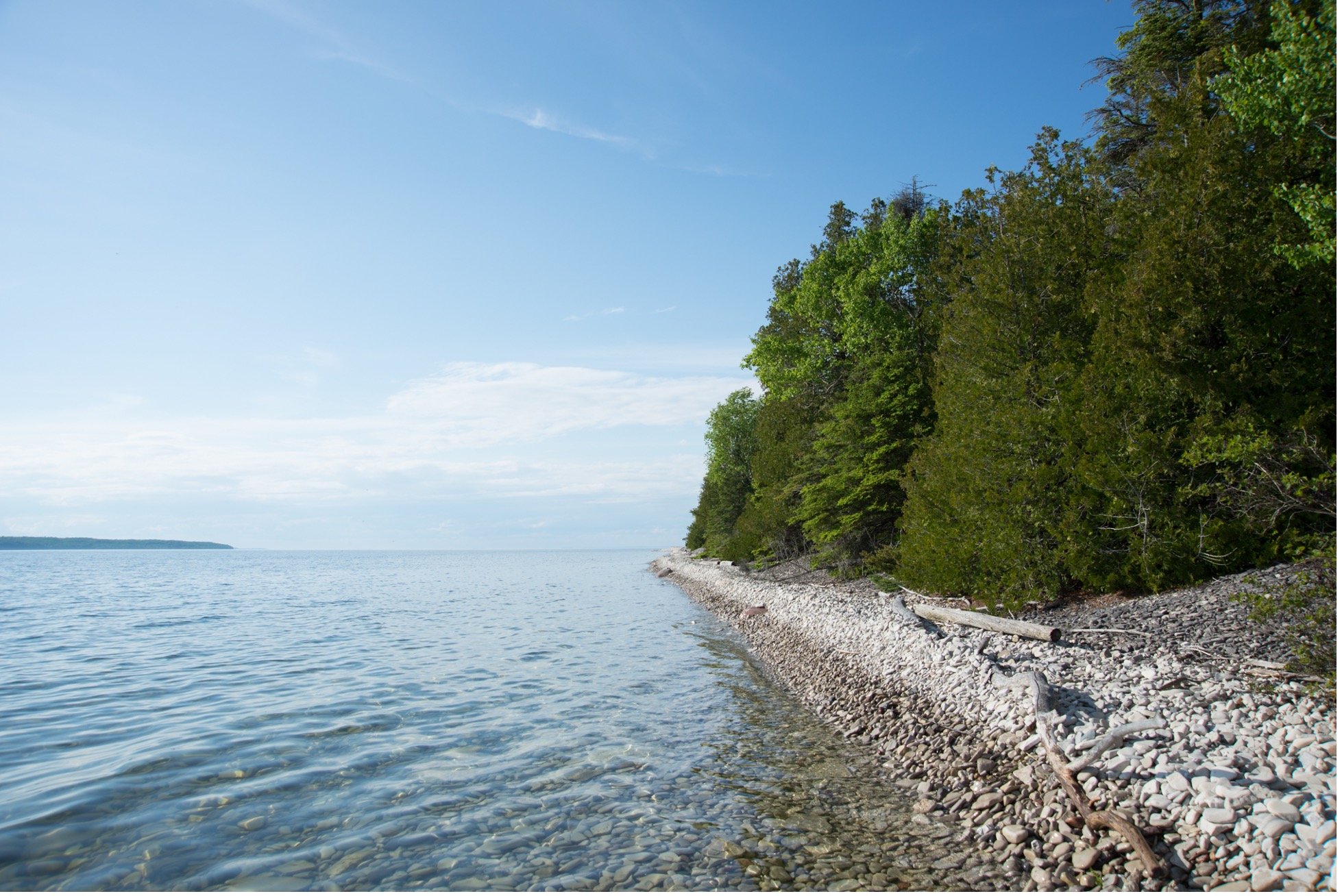
The Edmonton Hub’s Procedures and Sources
Water Quality Guidelines
The Edmonton Hub follows the standards set by Alberta’s 2022 Safe Beach Protocol, established by the Government of Alberta. The Safe Beach Protocol standard states that a sites fail to meet recreational water quality guidelines if two or more samples (minimum of 3 samples) exceed 6400 CCE of Enterococcus, OR at levels of Enterococcus between 1280 CCE and 6400 CCE where microbial source tracking identified human or ruminant Enterococcus species to be present.
Field Protocol
During field visits, staff and community scientists take a minimum of three samples at each location. The samples are taken in accordance with permissive procedures outlined in Swim Drink Fish’s Standard Operating Procedures. Sampling in Edmonton varies from the SOP in that we use bottles instead of whirl paks to collect our water samples. Water Ranger’s Data is also collected at one location per sampling site each time we sample.
Analysis in the Lab
At the lab, which is operated by the University of Alberta School of Public Health, the samples are processed in accordance with United States Environmental Protection Agency’s Method 1611: Enterococci in Water by TaqMan® Quantitative Polymerase Chain Reaction (qPCR) Assay procedure. Samples are filtered through a membrane filter. The membrane containing the bacterial cells and DNA is then placed in a microcentrifuge tube with glass beads and buffer, and then agitated to extract the DNA into solution. The supernatant is used for PCR amplification and detection of target sequences using the TaqMan® Universal master mix PCR reagent and probe system. Data from the environmental observation and chain of custody documentation is then immediately digitized in Swim Drink Fish’s database for storage and data sharing.
Record-keeping ensures the integrity of water quality monitoring, thus physical and digital backup copies of all data are always stored and logged.
Where we Share our Results
FAQs
-
Swim Drink Fish collects at least 3 samples at every site, every time we monitor. We collect samples from the same location every time, following the protocols in government guidelines.
-
Just like the weather, water quality changes daily. Swim Drink Fish community monitoring hub staff test water in the same locations at least 1-2 times a week so that the results are as up-to-date as possible. Many local governments also monitor weekly.
-
Water quality changes all the time. Water that meets government guidelines one day may fail the next day. This does not mean that the old results were wrong. It just means that conditions changed.
-
Government guidelines for water quality are all based on risk assessments. Health Canada estimates that there will be 10-20 illnesses for every 1,000 people who swim in waters that meet government guidelines. That rate of 1-2% is considered an acceptable level of risk by government officials. Once bacteria levels exceed government guidelines, the risk of contracting an illness increases.
-
There are two ways that samples can "fail” to meet government guidelines.If samples contain above 6400 CCE (calibrator cell equivalents) of Enterococci, or if they contain betwen 1280 CCE and 6400 CCE, and microbial source tracking determines that human or ruminant species of Enterococcus are present.
Beaches fail when two or more single samples are above guideline levels. A minimum of three samples are collected at a beach.
These guidelines are from the Alberta Safe Beach Protocol (2022), which is based upon the United States Environmental Protection Agency’s Recreational Water Quality Criteria.







